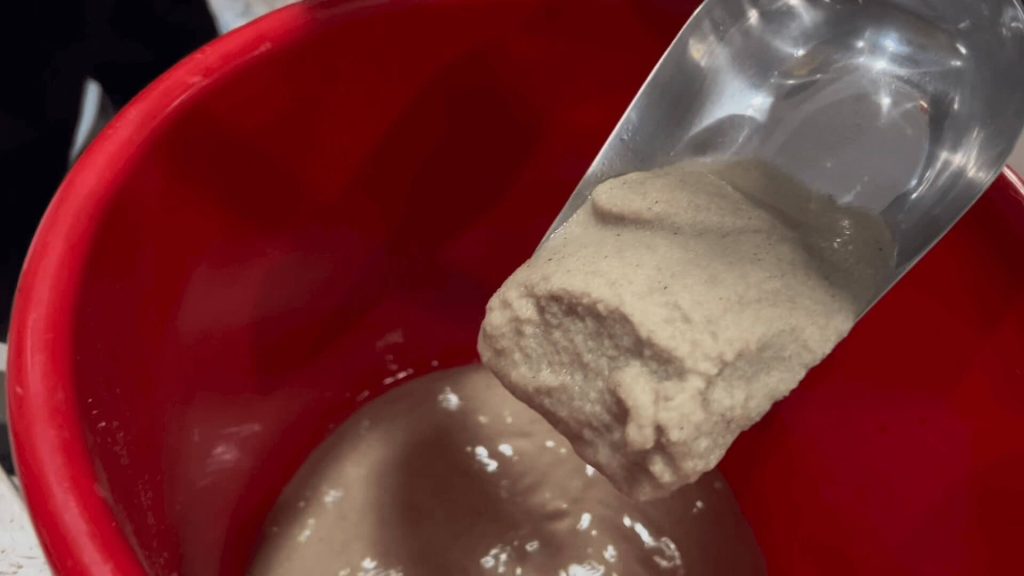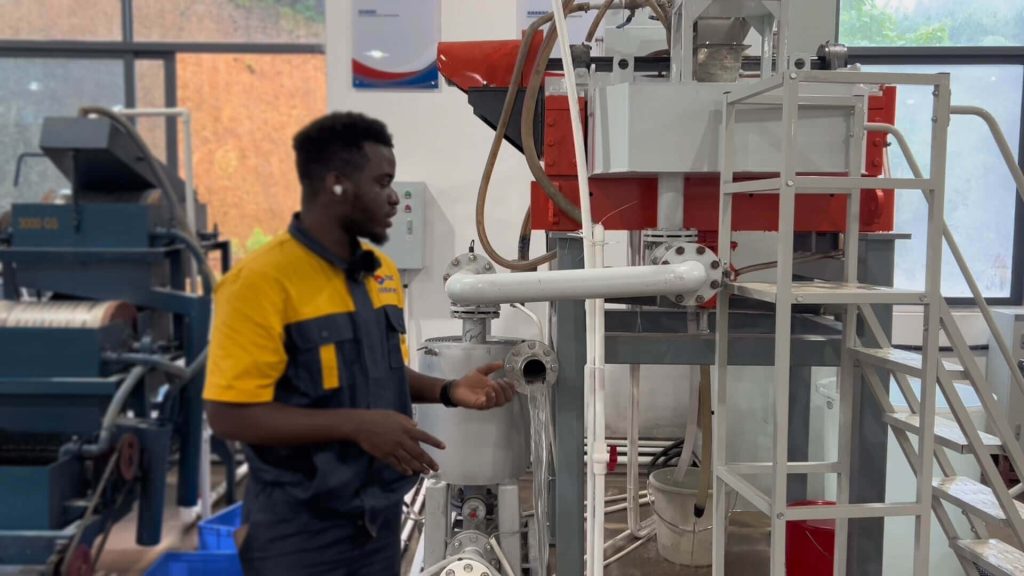Quartz sand is a critical material used in various industries and requires high purity for optimum performance. However, during the extraction and processing of quartz sand, impurities such as iron and other heavy minerals often contaminate the sand. To ensure the highest quality and purity standards, laboratory researchers have developed various purification techniques, including the laboratory magnetic separation test. This innovative method uses the power of a magnet to attract and separate unwanted magnetic particles from the quartz sand, resulting in a higher-quality purified end product. Purifying quartz sand by magnetic separation meets global demand for high-purity finished products.
Necessity of quartz sand purification
In materials processing, purification is a critical step in ensuring the quality and availability of various substances. Quartz sand is an ore containing high-purity silicon dioxide (SiO2), often used to make high-tech products such as glass, optical fibers, semiconductors and solar cells. With its unique chemical and physical properties, quartz sand has been used in various fields, such as construction, glass production and water filtration. However, impurities such as iron oxide, clay particles and organic matter can significantly affect the performance of quartz sand. An effective way to achieve this is through laboratory magnetic separation testing.
In many high-tech applications, quartz sand must be of very high purity. Impurities and impurity elements can negatively affect the performance of a product; for example, during semiconductor manufacturing, impurities can cause a decrease in the electrical properties of a crystal. In applications such as optical coatings, lasers, and optical fibers, quartz sand needs to be highly pure to ensure uninterrupted light transmission.
High-purity quartz sand is a key raw material in glass manufacturing. In some applications, such as optical glass, any impurity may cause visual performance degradation, so pure quartz sand is required to ensure the quality of the glass.
Quartz sand purification ensures the final product’s performance, stability and quality. In high-tech industries, high-purity quartz sand eliminates undesirable factors compromising product quality and enhances the performance characteristics required for successful application results. In conclusion, the laboratory magnetic separation test provides an efficient and effective method for the purification of quartz sand.

Advantages of Quartz Sand Magnetic Separation Test
One of the advantages of using magnetic separation in laboratory testing is its versatility. It can effectively remove various impurities such as iron oxide, manganese oxide and titanium oxide in quartz sand. The method’s efficiency depends on factors such as particle size, magnetic field strength, and duration of exposure to the magnetic field. By carefully controlling these variables, optimal purification results can be obtained. The importance of this test is reflected in the following aspects:
1. Impurity removal: Quartz sand often contains some magnetic impurities, such as iron, titanium, etc., which may affect the quality and purity of quartz sand. Through the magnetic separation test, the magnetic impurities can be effectively separated from the quartz sand, thereby improving the purity and quality of the quartz sand.
2. Resource utilization: Magnetic separation tests can help extract and recover valuable magnetic minerals, such as iron ore, while reducing resource waste. This has important implications for sustainable development and resource efficiency.
3. Industrial application: In some industrial fields, high-purity quartz sand is required, such as semiconductor manufacturing, optical device manufacturing, etc. Through the magnetic separation test, the impurity content in the quartz sand can be reduced, making it more suitable for high-tech industries.
4. Environmental protection: Magnetic separation tests can help remove harmful magnetic impurities in quartz sand and reduce pollution and environmental harm. This is crucial for protecting the ecological environment and sustainable development.
5. Research and Development: Magnetic separation experiments are also commonly used to research and develop new methods of material separation. Experiments can provide insight into the interactions between different magnetic materials, providing a basis for developing more efficient separation techniques.
Through this magnetic separation test, the quality and purity of quartz sand can be improved, and it is also helpful to the research and application of other material separation technologies.
The application of magnetic separation is not limited to the purification of quartz sand; it is widely used in industries such as mining and metallurgy. In these fields, it is used in mineral processing to separate different ore components according to their magnetic properties. The ability to selectively extract specific mineral particles provides the basis for an efficient extraction process with minimal environmental impact.

Quartz sand is often used in industries such as glassmaking, foundry and water filtration; quartz sand requires careful purification to remove impurities such as iron oxide and feldspar. An effective way to achieve this is through laboratory magnetic separation testing. What is exciting about laboratory magnetic separation testing is not only its effectiveness, but also its versatility. Contact Asia-Africa International for high-quality laboratory equipment and first-class mineral processing testing services.
